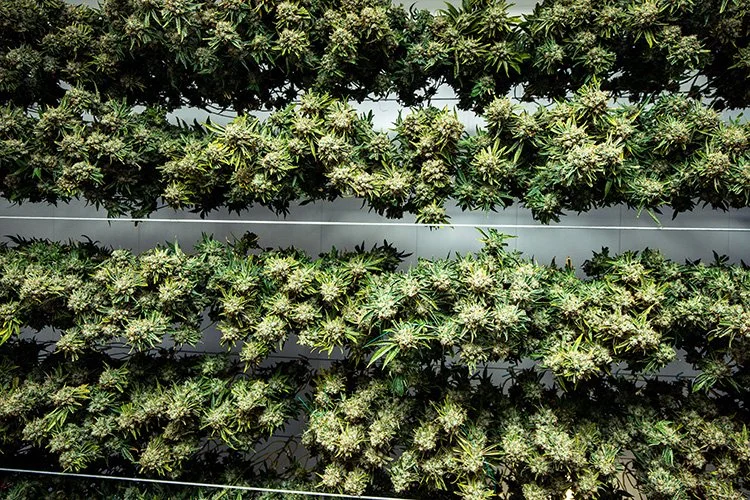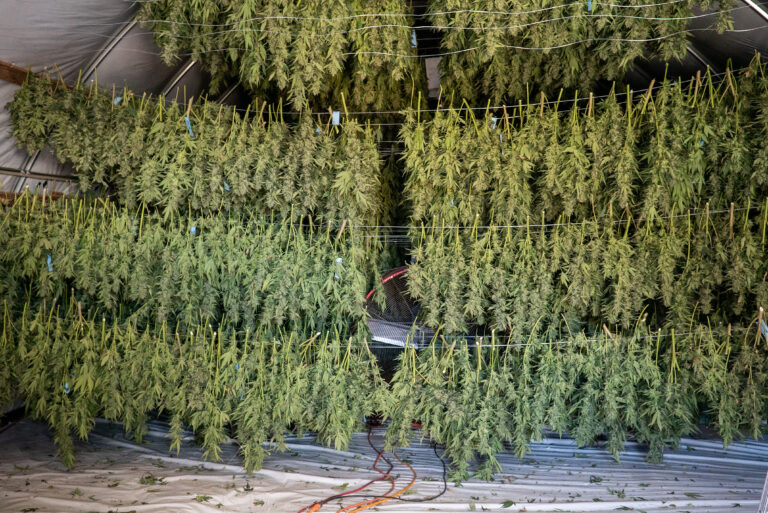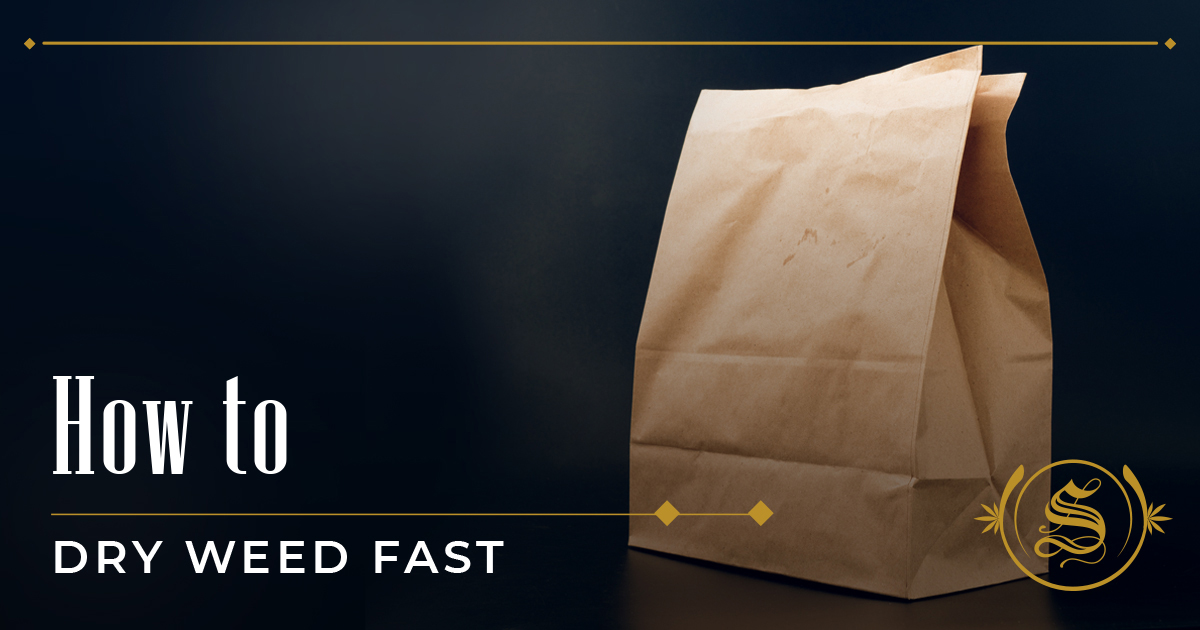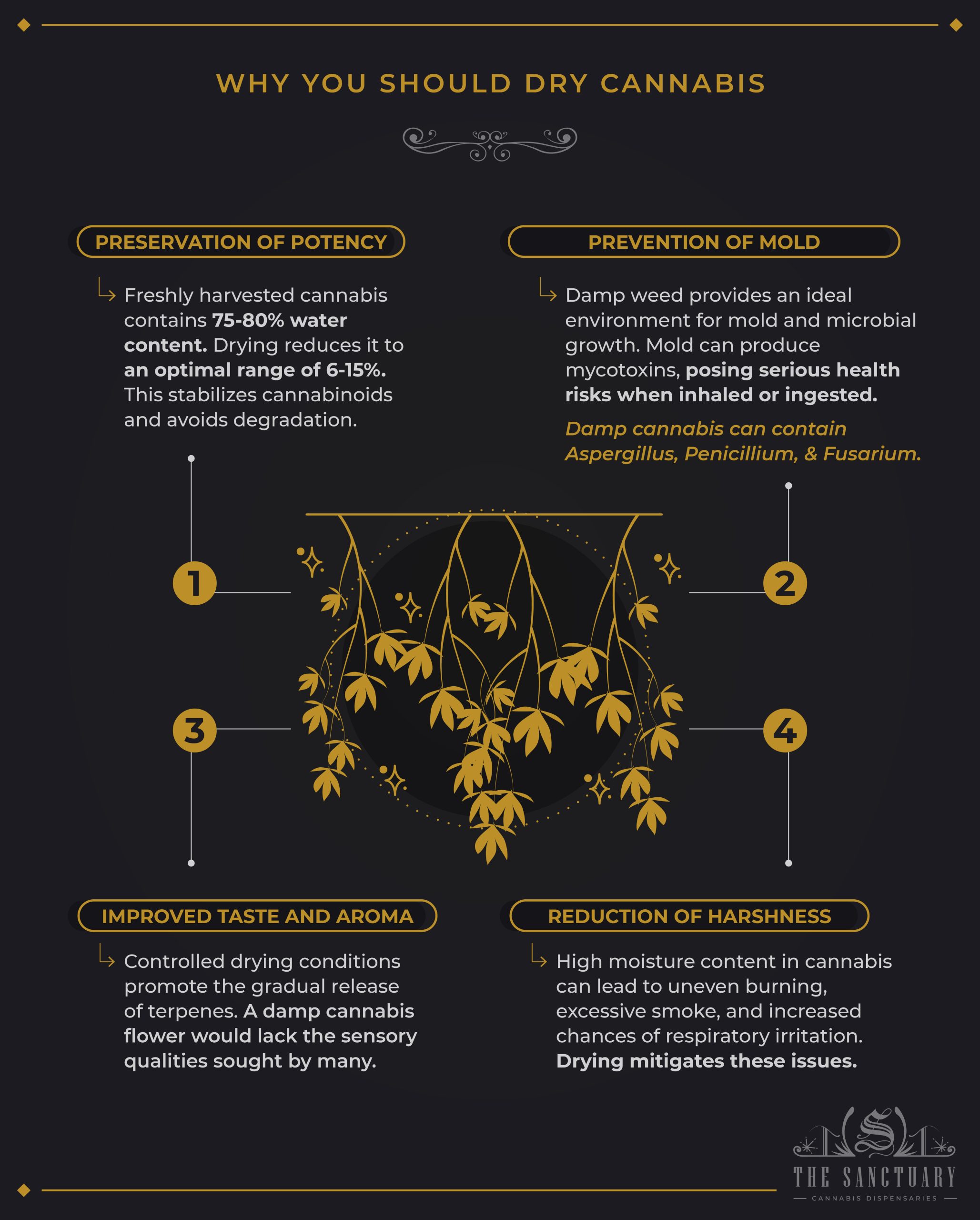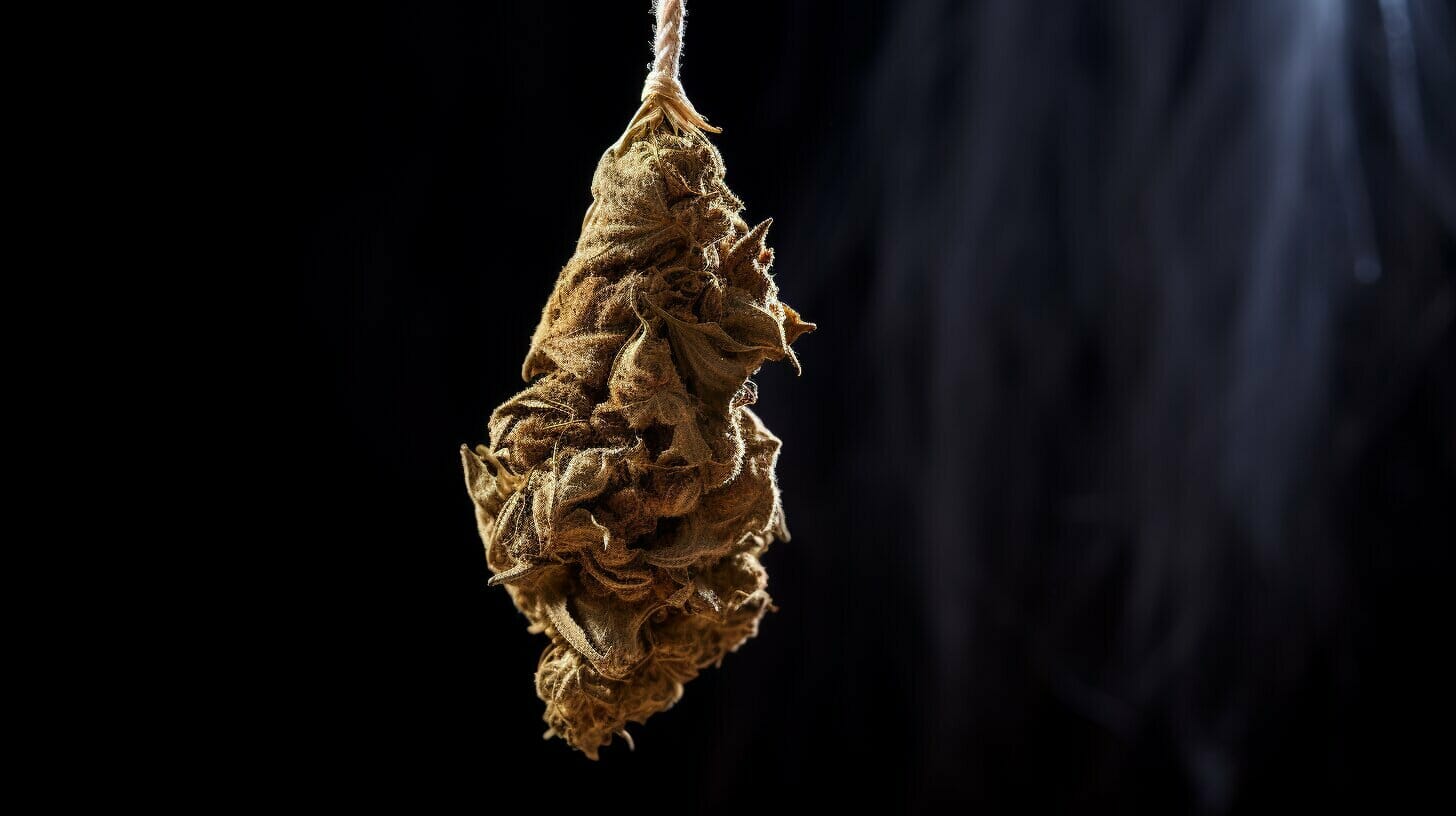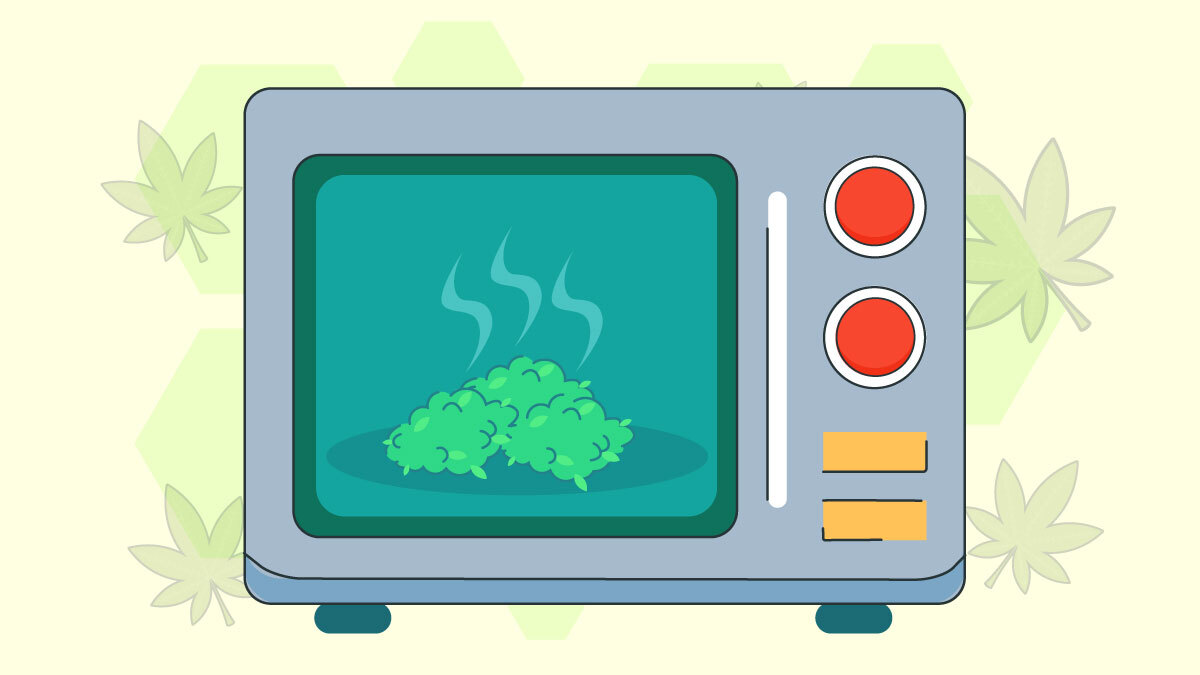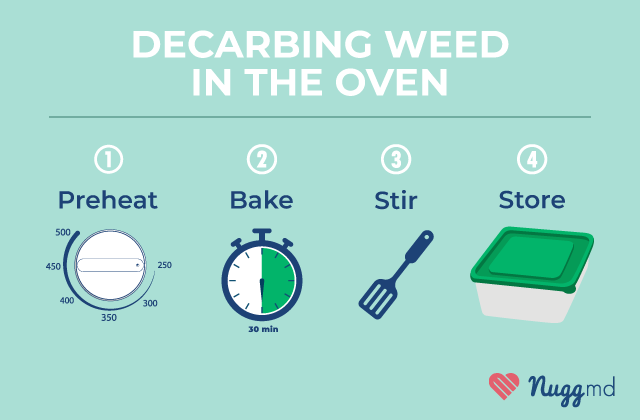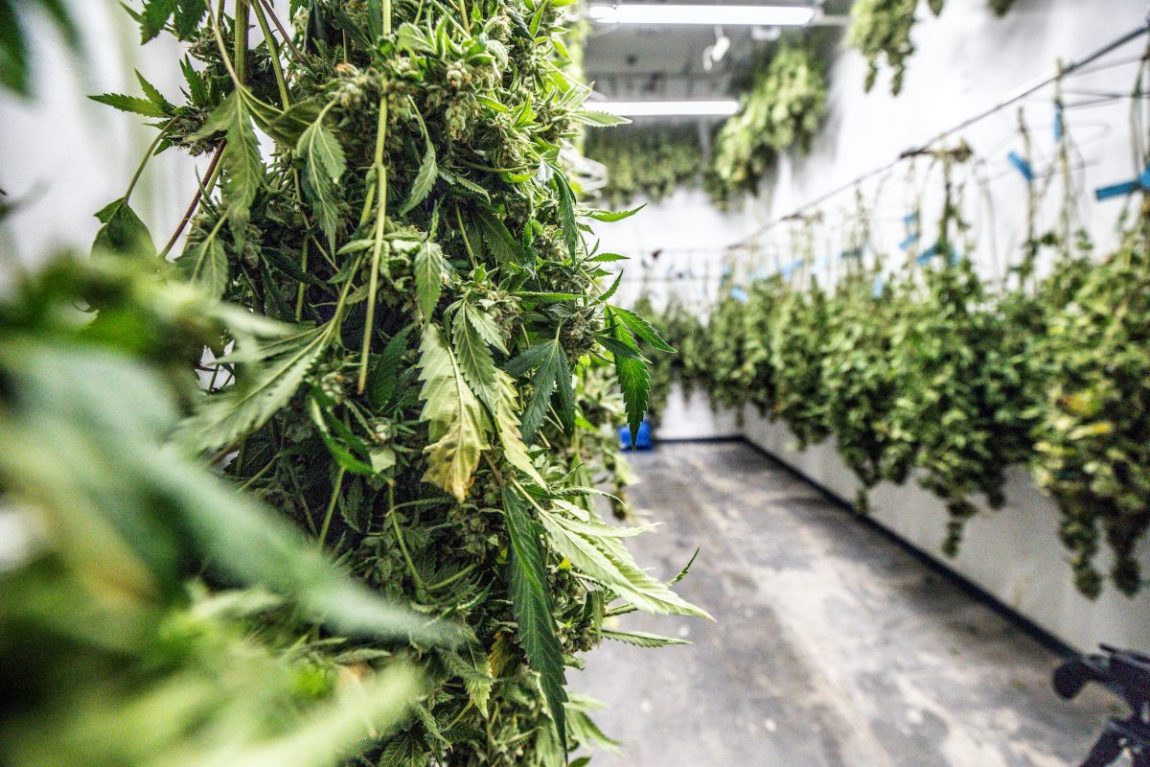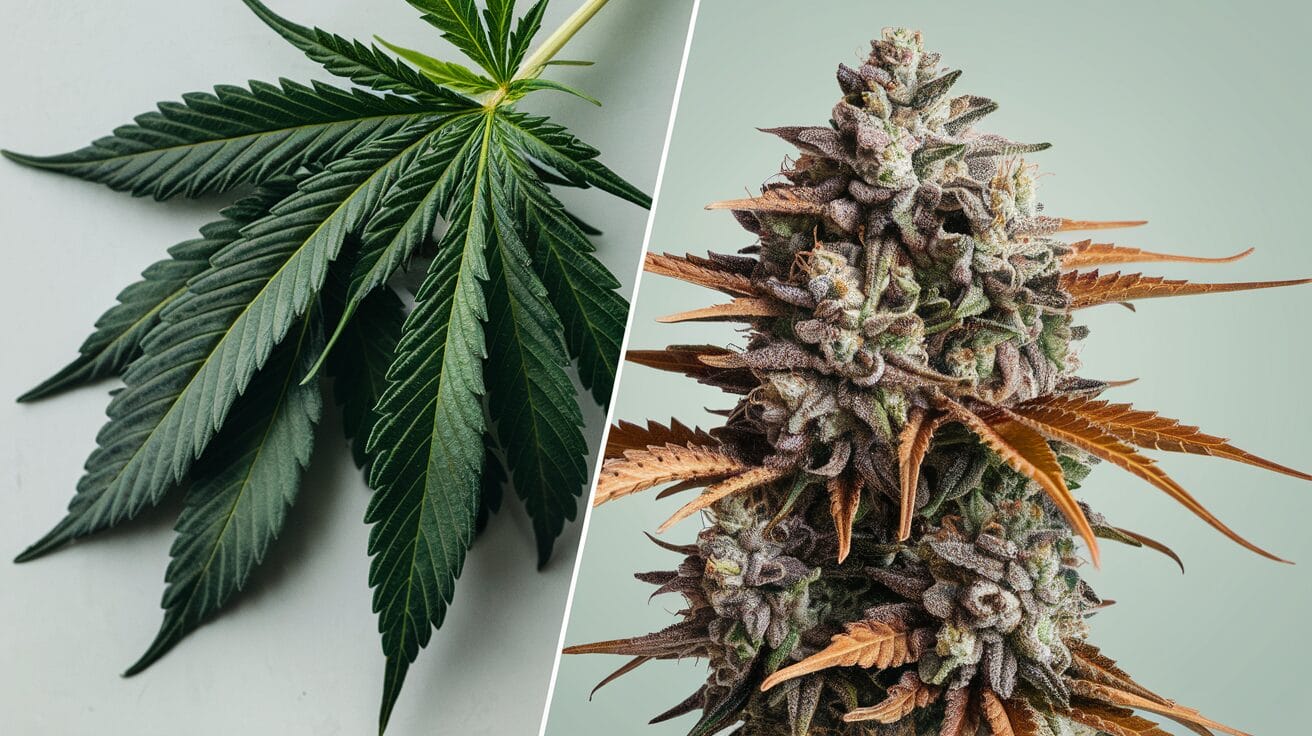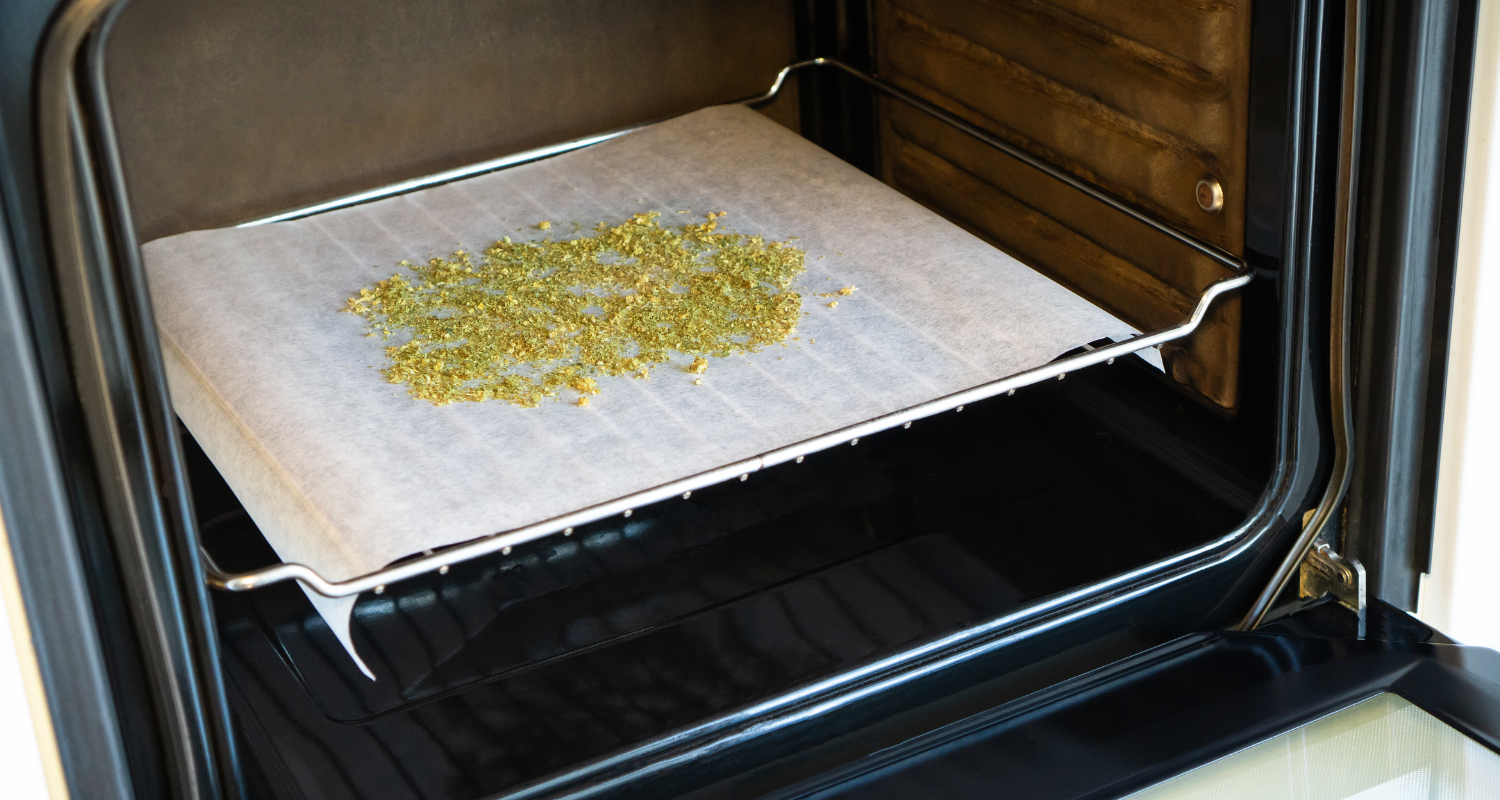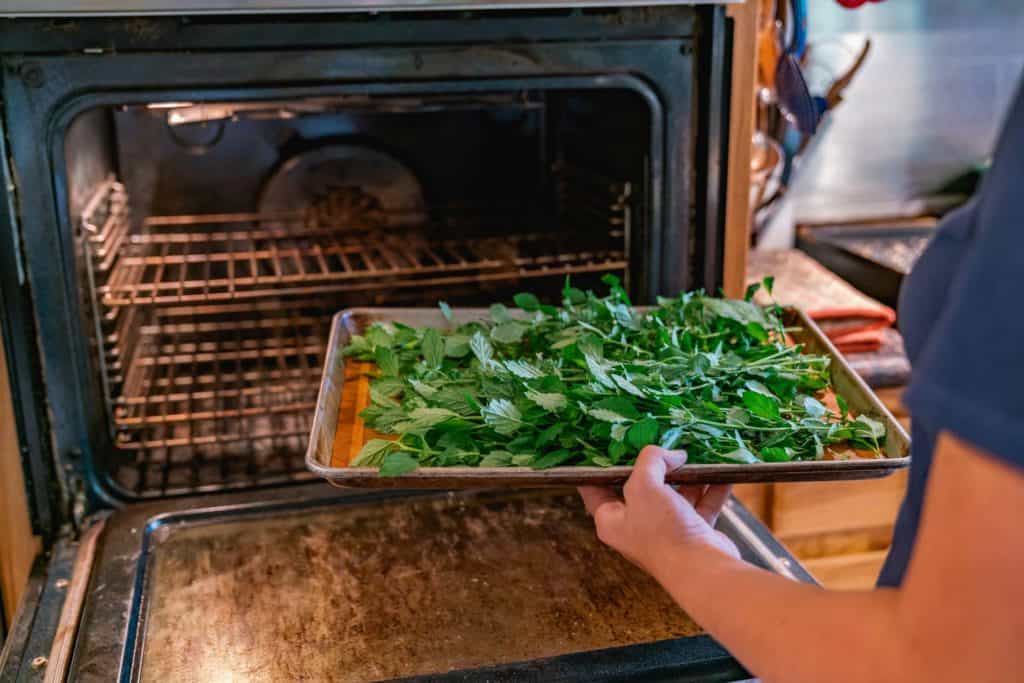Can You Dry Weed In The Oven
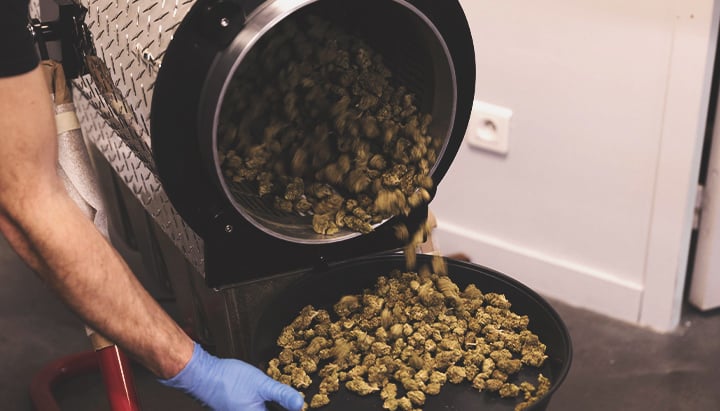
The quest for quick cannabis curing methods continues to intrigue both novice and experienced cultivators. Amidst various techniques, the question of whether one can safely and effectively dry cannabis in an oven often arises. The practice, while seemingly expedient, presents a complex array of potential risks and benefits that demand careful consideration.
At its core, the debate centers on the delicate balance between speed and quality. This article delves into the science and practical implications of oven-drying cannabis, exploring its feasibility and potential pitfalls. It aims to provide a comprehensive overview for readers seeking to understand the method and make informed decisions.
Oven Drying: A Controversial Shortcut
The process of drying cannabis is crucial to preserving its potency and flavor profile. Traditional methods, such as air-drying in a controlled environment, can take several days or even weeks. Oven-drying presents a significantly faster alternative, potentially reducing the drying time to mere hours.
The allure of speed is undeniable, especially for growers seeking a rapid turnaround. However, this shortcut comes with inherent risks that can drastically affect the final product. Improperly executed oven-drying can degrade cannabinoids and terpenes, leading to a less potent and flavorful cannabis flower.
The Science Behind Drying
Drying cannabis involves the gradual removal of moisture from the plant material. This process initiates decarboxylation, converting non-psychoactive cannabinoids like THCA and CBDA into their active forms, THC and CBD. Simultaneously, terpenes, responsible for the plant's aroma and flavor, are highly volatile and susceptible to degradation from excessive heat.
According to Dr. Ethan Russo, a leading cannabis researcher, precise temperature control is paramount during the drying process. "Maintaining a consistent, low temperature is critical to preserving the integrity of the cannabinoids and terpenes," Dr. Russo stated in a recent interview. This control is often difficult to achieve consistently in a conventional oven.
Potential Risks and Considerations
The primary risk associated with oven-drying cannabis is the potential for overheating. Even on the lowest setting, a conventional oven can easily exceed the optimal temperature range for drying, typically between 60-70°F (15-21°C).
Excessive heat can cause decarboxylation to occur too rapidly, leading to a loss of THC and the degradation of valuable terpenes. This results in a final product that is both less potent and less aromatic. Uneven drying is another common issue.
Ovens often have hot spots, leading to some buds drying too quickly while others remain damp. This inconsistency can lead to mold growth in the under-dried areas. Furthermore, the intense heat can create a harsh, unpleasant smoking experience.
Alternative Methods for Quick Drying
Recognizing the demand for faster drying methods, researchers and cultivators have explored alternative approaches. These methods aim to balance speed with quality preservation. Dehydrators designed for food preservation offer a more controlled environment compared to ovens.
These devices allow for precise temperature and humidity regulation, minimizing the risk of overheating and ensuring even drying. Another emerging technology involves freeze-drying. This technique rapidly removes moisture at extremely low temperatures, preserving the plant's chemical profile to a greater extent than traditional methods.
While freeze-drying requires specialized equipment, the superior quality of the final product often justifies the investment for commercial growers. Another method is using a low-heat setting with a fan to help circulate air inside a closed space.
Expert Opinions and Best Practices
Cannabis experts generally advise against using ovens for drying due to the inherent risks. Jorge Cervantes, a renowned cannabis cultivation expert, emphasizes the importance of patience in the drying process. "Rushing the drying process almost always leads to a lower quality product," Cervantes stated in his widely read book, "Marijuana Horticulture."
However, if circumstances necessitate oven-drying, extreme caution is advised. This includes using the lowest possible temperature setting, frequently monitoring the temperature with an external thermometer, and placing the cannabis on a baking sheet lined with parchment paper to prevent direct contact with the hot surface.
Regularly rotating the buds and checking for dryness are crucial steps to minimize uneven drying and prevent burning. The use of a convection oven is recommended, as these ovens circulate air more evenly, reducing the risk of hot spots. But, it is never a recommended procedure.
Regardless of the method chosen, proper curing is essential after drying. Curing involves storing the dried cannabis in airtight containers under controlled humidity levels for several weeks. This process allows for the breakdown of chlorophyll, improving the flavor and smoothness of the smoke. "Curing is the final touch that separates a good product from a truly great one," according to Ed Rosenthal, another leading cannabis cultivation authority.
The Verdict
While oven-drying cannabis may seem like a quick and easy solution, the risks associated with this method generally outweigh the benefits. The potential for overheating, uneven drying, and terpene degradation can significantly compromise the quality and potency of the final product. Alternative methods, such as using dehydrators or freeze-drying, offer more controlled environments and better results.
Patience and attention to detail are key to achieving optimal drying and curing. By prioritizing quality over speed, cultivators can ensure that their cannabis reaches its full potential. The final outcome largely depends on the initial care and thorough handling of the drying process.
Ultimately, the decision of whether to oven-dry cannabis rests with the individual cultivator. However, a thorough understanding of the risks and alternative methods is crucial for making an informed choice.
